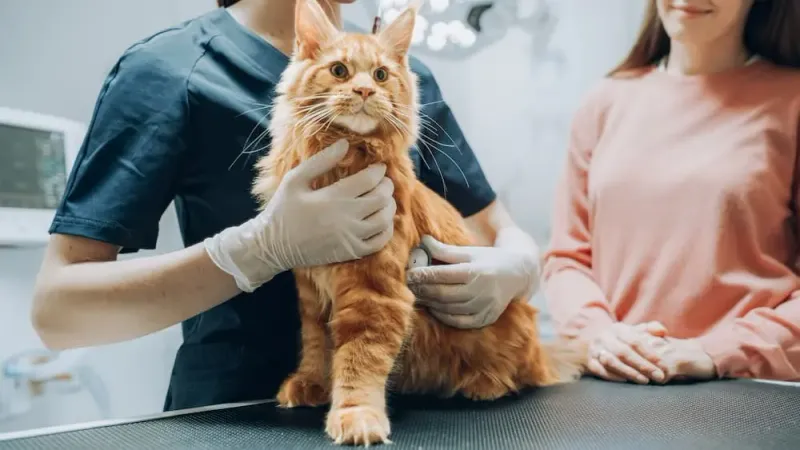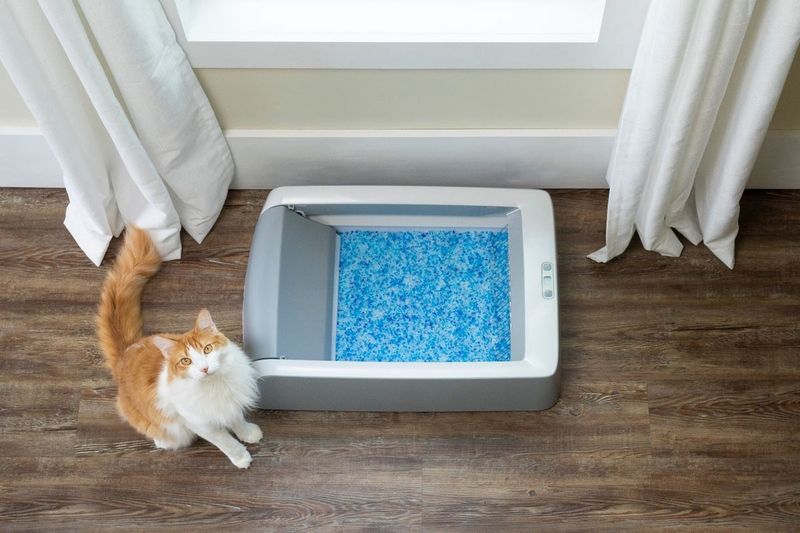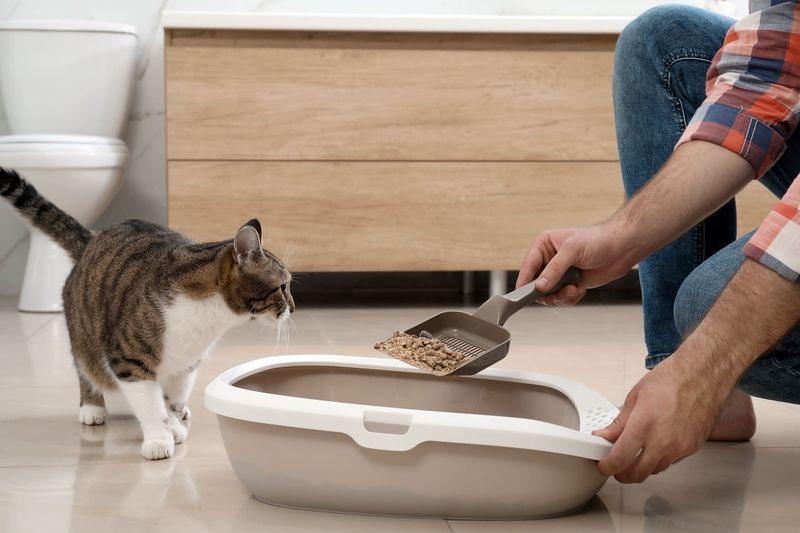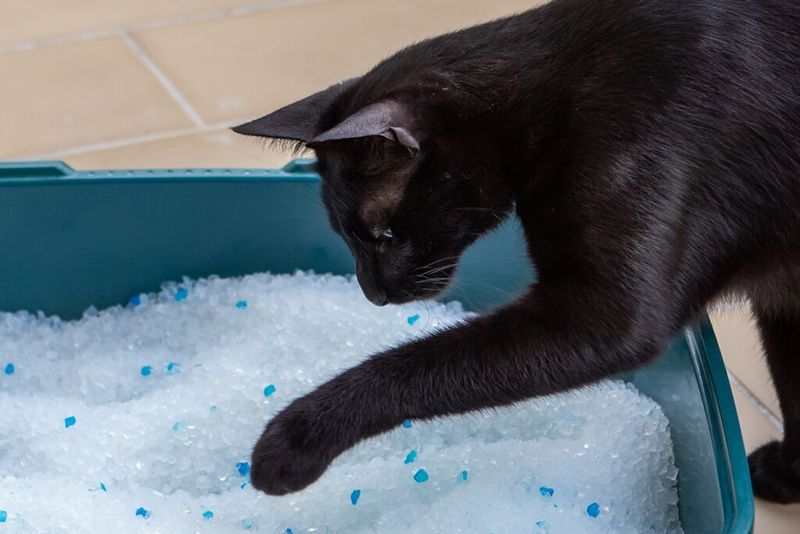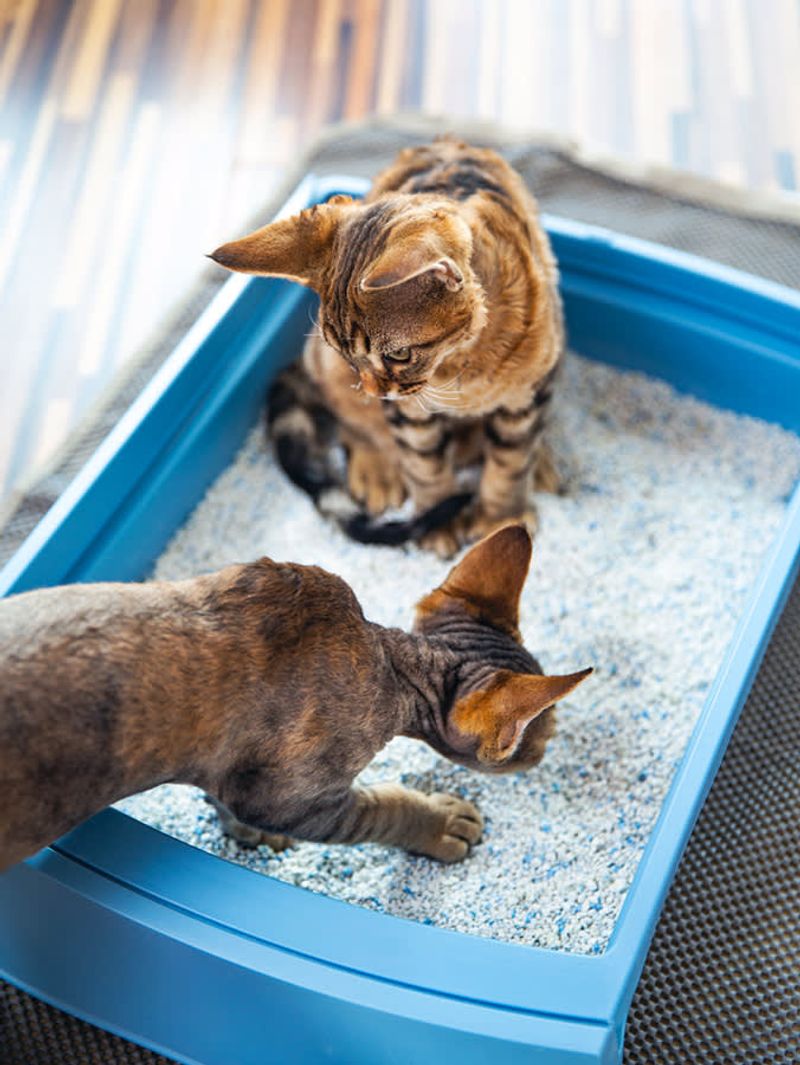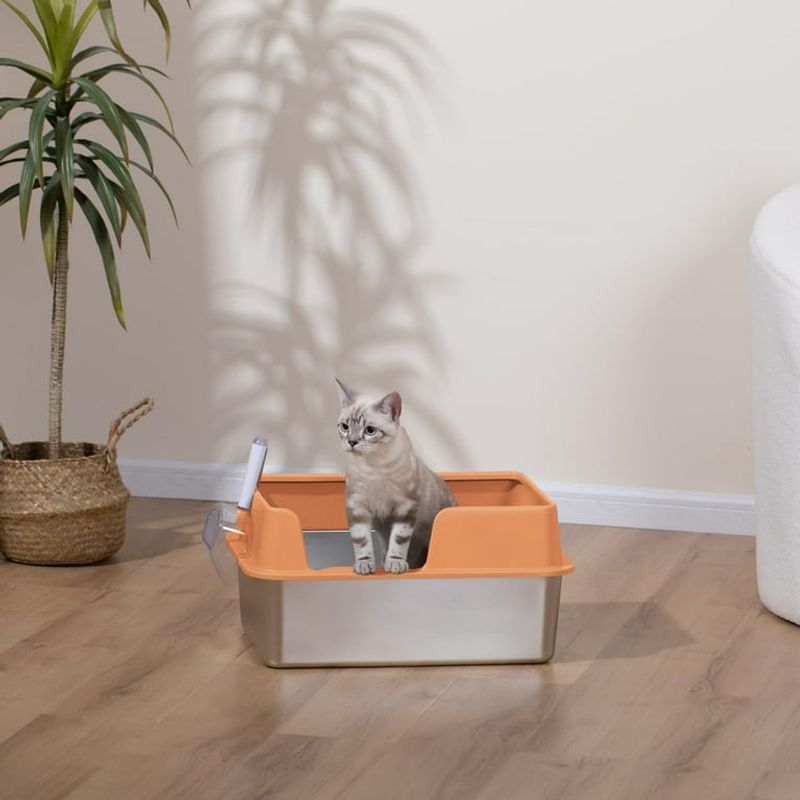📖 Table of Content:
Cats avoiding the litter box can be a frustrating issue for pet owners. Understanding the reasons behind this behavior and taking corrective measures can ensure a happier and healthier environment for both the cat and its owner. From medical concerns to environmental adjustments, here are seven key areas to consider to bring your feline friend back to their box.
1. Medical Concerns
Veterinary attention is crucial when a cat suddenly avoids the litter box. Health issues like urinary infections, kidney stones, or arthritis can cause discomfort during elimination. If your cat shows signs such as straining, blood in the urine, or excessive licking, it’s time to consult a vet. Ignoring these symptoms may worsen the condition, leading to further complications. A timely diagnosis and treatment can alleviate pain and encourage proper litter box usage. Regular check-ups and monitoring your cat’s behavior can prevent such issues. Remember, your furry friend’s health is a top priority.
2. Litter Box Location
Selecting the right spot for your cat’s litter box is more significant than it seems. Cats value privacy and quietness when doing their business. Placing the box in a tranquil corner away from bustling areas and loud appliances can make all the difference. An unsuitable location might deter your feline from using the box entirely. Observe your cat’s behavior and adjust the placement accordingly, ensuring easy access and a sense of security. A simple relocation might solve persistent avoidance issues. It’s about creating a safe space for your pet.
3. Cleanliness
Cats are meticulous creatures, often deterred by an unclean litter box. Maintaining cleanliness is key to encouraging consistent use. Daily scooping and regular litter changes prevent odors and ensure a fresh environment. A dirty box might be perceived as a health hazard by your feline, prompting them to seek alternatives. Investing in quality litter that minimizes tracking and dust keeps both the box and surrounding area tidy. This simple routine reaffirms a hygienic space for your cat, enhancing their comfort and confidence.
4. Litter Type
Cats can be finicky about the type of litter they prefer. Texture, scent, and clumping abilities all play a role in their preferences. Experimenting with different types of litter might reveal the perfect match for your pet. Some cats react negatively to scented litters, while others may dislike certain textures. Observing your cat’s behavior during these trials can guide your choice. A satisfied cat is more likely to return to a litter box that meets its approval. Patience and attention to detail can lead to a successful switch.
5. Stress and Anxiety
Changes in the household can cause stress for cats, leading to litter box avoidance. Events like moving, new pets, or shifts in routine disrupt their sense of stability. Creating a calm and consistent environment helps alleviate anxiety. Consider using pheromone diffusers or calming sprays to ease their nerves. It’s also beneficial to dedicate quiet spaces exclusively for your cat. Recognizing and addressing these emotional needs fosters a sense of security. This proactive approach reinforces positive litter box habits.
6. Territorial Marking
In multi-cat households, territorial behavior can prompt litter box avoidance. Cats may resort to marking territory to assert dominance. Providing multiple litter boxes, ideally one per cat plus an extra, minimizes conflicts. Strategic placement reduces competition and encourages regular use. Observing interactions between cats can highlight specific concerns. Offering separate feeding and resting spaces also diffuses tension. Understanding these dynamics promotes harmony and ensures each cat has a comfortable spot for elimination.
7. Box Size and Accessibility
Litter box size and accessibility greatly influence a cat’s willingness to use it. Too small a box can deter usage, especially for larger cats. Ensuring the box is spacious enough to turn around comfortably is vital. Low-sided boxes benefit older or arthritic cats, offering easy entry and exit. Tailoring the box to suit your cat’s physical needs not only aids in comfort but also encourages regular use. Making these thoughtful adjustments can lead to a happier, more contented cat.

